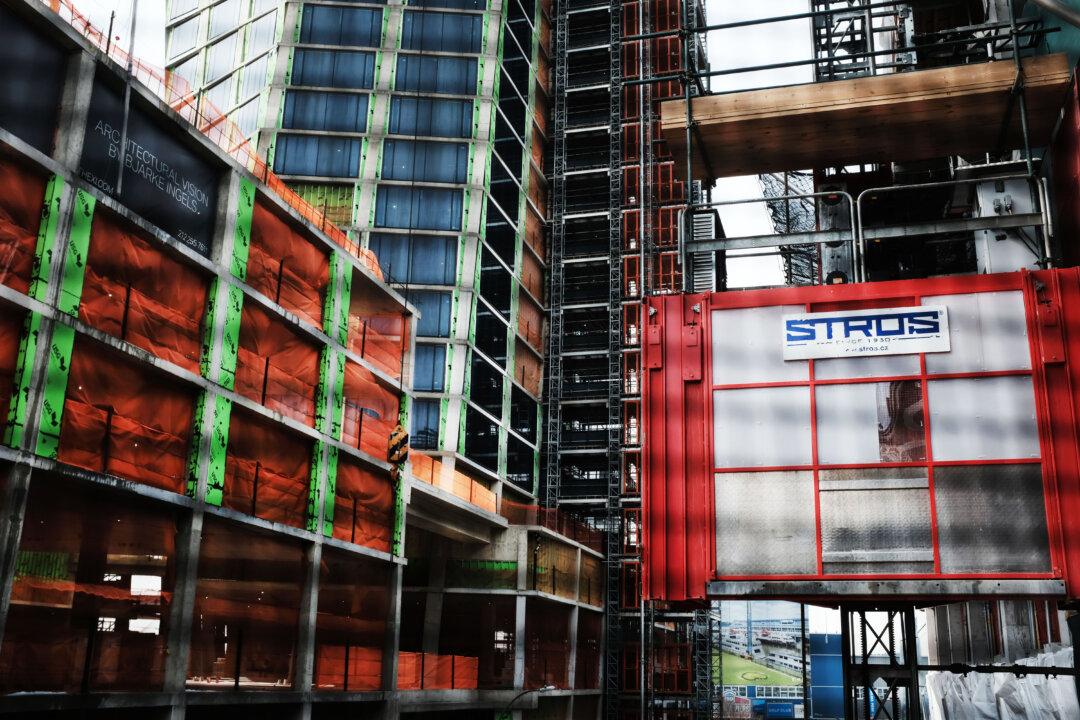Private companies added 275,000 jobs in April, handily beating expectations. More than 80 percent of the jobs were created by small- and medium-sized businesses.
The data comes from a monthly survey by ADP, a payroll processor, which is released two days ahead of the official job growth estimates by the Bureau of Labor Statistics (BLS).





